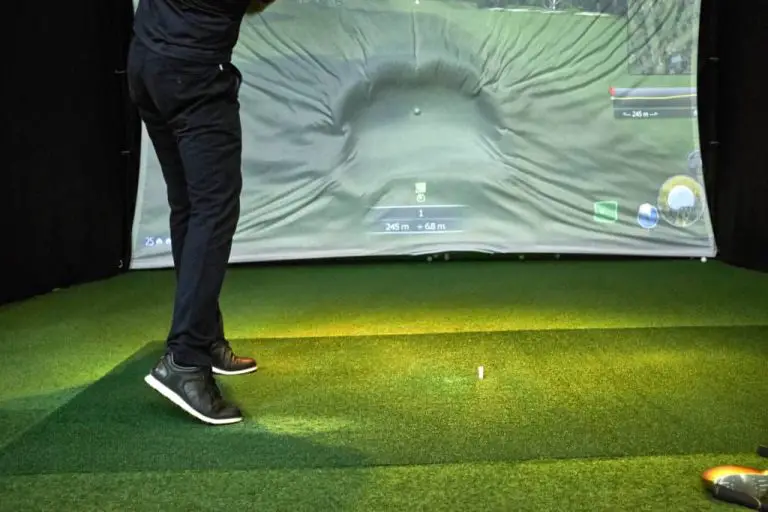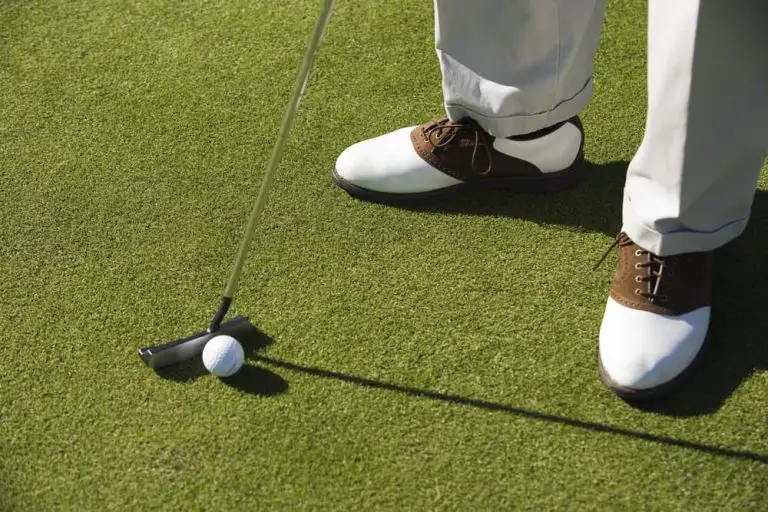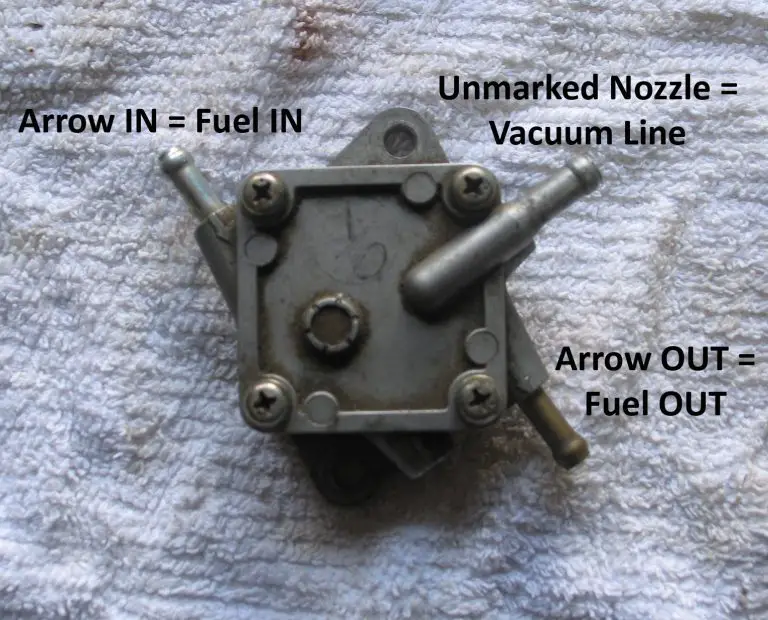How Long Do Golf Irons Last

When it comes to golf, having a set of reliable and durable golf irons is essential for consistent performance on the course. But how long can you expect your golf irons to last before they need to be replaced? The lifespan of golf irons is a topic of great interest to golfers of all levels, as it impacts both their game and their budget. Understanding the factors that affect the longevity of golf irons can help golfers make informed decisions about their equipment and plan for replacements or upgrades.
In this comprehensive guide, we will explore the question, “How long do golf irons last?” We will delve into the various factors that influence the lifespan of golf irons, such as material composition, frequency and intensity of use, and proper maintenance practices. By understanding these factors, you can take steps to maximize the lifespan of your golf irons and make informed decisions about when it might be time to consider a replacement.
Whether you’re a beginner golfer or a seasoned pro, knowing how long your golf irons are likely to last can help you manage your equipment effectively, optimize your performance, and ultimately enjoy the game to its fullest. So, let’s embark on this journey to unravel the secrets of the lifespan of golf irons and equip ourselves with the knowledge to make wise choices for our golfing journey.

Understanding Golf Irons
Before delving into their lifespan, let’s have a brief overview of what golf irons are and their significance in a golfer’s game. Golf irons are clubs designed for shorter shots, offering precision and control. Typically numbered from 3 to 9, with additional wedges, they have a smaller clubhead, shorter shaft, and a higher loft compared to woods or drivers. Golfers rely on irons to hit shots from the fairway, rough, or around the green, making them essential for a well-rounded game.
Factors Affecting the Lifespan of Golf Irons
Several factors contribute to the longevity of golf irons, and understanding them can help us take appropriate measures to extend their lifespan. Let’s explore the key factors below:
Material Composition
The materials used in manufacturing golf irons have a significant impact on their durability and lifespan. Irons are commonly made from stainless steel, carbon steel, or a combination of both. Each material has its own set of characteristics and maintenance requirements.
Stainless steel irons are known for their durability and resistance to rust and corrosion. They offer excellent longevity and require minimal maintenance. On the other hand, carbon steel irons are softer and provide enhanced feel and feedback. While they require more attention to prevent rust, they can still offer a long lifespan with proper care.
Frequency and Intensity of Use
The frequency and intensity of use directly affect the lifespan of golf irons. Golfers who play multiple times a week or engage in more demanding practice sessions will naturally subject their irons to more wear and tear. In contrast, occasional golfers may find their irons lasting longer due to less frequent use.
Moreover, the type of courses played, such as those with more challenging conditions or hard ground, can impact the lifespan of irons. Rough terrains, hitting shots from bunkers, or encountering rocks can all contribute to increased wear on the clubface and sole.
Proper Maintenance and Care
Proper maintenance and care are vital for prolonging the lifespan of golf irons. Regular cleaning, inspection, and storage practices can prevent unnecessary damage and ensure optimal performance. Here are some tips for maintaining your golf irons:
- Cleaning: After each round, gently clean your irons using a soft-bristle brush or towel to remove dirt, grass, and debris. Pay special attention to the grooves on the clubface, as these contribute to spin and control. Use a groove brush or tee to remove any accumulated dirt.
- Drying: Moisture can lead to rust or corrosion, so it’s essential to dry your irons thoroughly after playing in wet conditions. Use a towel or cloth to remove any moisture, paying attention to the clubhead, hosel, and shaft.
- Storage: Proper storage is crucial for preserving the condition of your irons. Store them in a cool, dry place, away from extreme temperatures or humidity. Consider using headcovers to protect the clubheads and prevent accidental damage.
Taking these maintenance steps will not only extend the lifespan of your golf irons but also ensure consistent performance on the course.
Signs of Wear and Aging
Over time, golf irons will naturally show signs of wear and aging. Recognizing these indicators is important to assess the condition of your irons and determine when it might be time for a replacement. Here are some common signs to watch out for:
Performance Decline
One of the primary indicators of wear and aging in golf irons is a decline in performance. As irons age, they may lose their original characteristics, resulting in decreased accuracy, distance, and control. Shots that used to be consistent may become unpredictable, leading to a decline in overall game performance.
Pay attention to any significant changes in your shot trajectory, consistency, or distance. If you notice a consistent decline in your iron play despite making proper swings, it may be a sign that your irons have reached the end of their optimal lifespan.
Physical Wear and Damage
Inspecting your golf irons for physical wear and damage is crucial in determining their longevity. Here are some common signs of physical wear to look out for:
- Clubface Wear: The clubface is the part of the iron that strikes the ball, and it can show signs of wear over time. Look for areas where the clubface appears worn down, with diminished grooves or flattened edges. Excessive wear on the clubface can impact spin control and consistency.
- Sole Wear: The sole of the iron, which interacts with the ground during the swing, can also exhibit signs of wear. Check for dents, scratches, or a flattened sole. Excessive wear on the sole can affect turf interaction and lead to inconsistent contact with the ball.
- Shaft Wear: Inspect the shaft of your irons for any signs of damage, such as cracks, splintering, or rust. A damaged shaft can compromise the overall performance and feel of the club.
If you notice significant wear or damage to the clubface, sole, or shaft, it may be an indication that your golf irons are nearing the end of their lifespan.
Shaft Integrity
The integrity of the shaft plays a critical role in the overall performance and longevity of golf irons. Over time, shafts can become weakened or compromised, affecting the club’s stability and feel. Here are some signs that may indicate a compromised shaft:
- Visible Cracks or Splintering: Inspect the shaft for any visible cracks or splintering. These can weaken the shaft and lead to potential breakage during swings.
- Excessive Flex or Vibration: If you notice a significant increase in shaft flex or excessive vibration during impact, it could indicate shaft fatigue or damage.
- Loose or Damaged Hosel: The hosel is the connection point between the shaft and the clubhead. Check for any looseness, separation, or signs of damage in the hosel area.
If you encounter any of these issues with the shaft, it’s advisable to consult with a professional club fitter or repair specialist to assess the condition and determine the best course of action.
Average Lifespan of Golf Irons
While the lifespan of golf irons can vary based on various factors, including usage and maintenance, it’s helpful to have a general understanding of their average lifespan. The following provides a rough guideline:
- Amateur Golfers: For amateur golfers who play regularly but not excessively, golf irons can typically last between 5 to 7 years before considering a replacement. With proper maintenance and care, some irons can even surpass this timeframe.
- Professional Golfers: Professional golfers, who frequently practice and play competitively, may experience a shorter lifespan for their irons due to the higher intensity of use. On average, professional golfers may consider replacing their irons every 1 to 3 years.
It’s important to note that these are general guidelines, and the actual lifespan of your golf irons can vary depending on the factors mentioned earlier.
When determining whether it’s time to replace your golf irons, it’s crucial to consider both the performance indicators and physical condition of the clubs. If you’re experiencing consistent performance decline, significant physical wear, or notice issues with the shaft integrity, it may be a good indication that it’s time for an upgrade.
Additionally, advancements in golf club technology occur over time, with new irons offering improved forgiveness, distance, and feel. If your current irons are outdated or no longer align with your playing style and goals, it might be worth exploring the options available in the market.
Maximizing the Lifespan of Golf Irons
While the lifespan of golf irons is influenced by various factors, there are steps you can take to maximize their longevity. Here are some practical tips to help you extend the lifespan of your golf irons:
1. Regular Cleaning and Inspection
Maintaining clean clubfaces and grooves is crucial for consistent performance. After each round, take a few moments to clean your irons using a soft-bristle brush or groove cleaner. Remove dirt, grass, and debris from the clubface and grooves, ensuring optimal spin and control.
During the cleaning process, inspect the irons for any signs of wear, damage, or rust. Addressing any issues promptly can prevent further deterioration and extend the lifespan of your irons.
2. Proper Storage
Proper storage is essential for protecting your golf irons from unnecessary wear and damage. When not in use, store your irons in a cool, dry place. Avoid leaving them in extreme temperature conditions, such as a hot car trunk or a damp basement.
Consider using headcovers to protect the clubheads and prevent accidental contact or scratches. Additionally, storing your irons in an organized manner, such as in a golf bag with individual club dividers, can minimize unnecessary contact between clubs and reduce the risk of damage.
3. Avoid Hitting on Hard Surfaces
While it may be tempting to take a practice swing on a hard surface, such as concrete or rocky terrain, it’s best to avoid doing so. Hitting your irons on hard surfaces can cause significant damage to the clubheads, leading to dents, scratches, or even structural issues.
Stick to hitting from designated areas like driving ranges, practice mats, or grassy surfaces to preserve the condition of your irons and prolong their lifespan.
4. Regular Club Fitting
Periodically visiting a professional club fitter can help ensure that your irons are properly fitted to your swing characteristics and body measurements. A well-fitted set of irons can reduce unnecessary stress on the clubheads and shafts, potentially extending their lifespan.
During a club fitting session, the fitter can assess your swing dynamics, analyze ball flight, and make appropriate adjustments to optimize your iron performance. This personalized approach can enhance both your game and the durability of your irons.
5. Address Damage or Wear Promptly
If you notice any significant damage, wear, or issues with the shaft or grip, it’s important to address them promptly. Small issues can escalate into more significant problems if left unattended. Consult with a professional club repair specialist or fitter to assess the situation and determine the best course of action.
Conclusion
Understanding the lifespan of your golf irons is crucial for planning replacements, maximizing performance, and making informed decisions regarding equipment upgrades. By considering factors such as material composition, frequency of use, and proper maintenance, you can extend the lifespan of your golf irons and enjoy optimal performance on the course.





